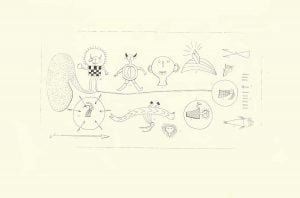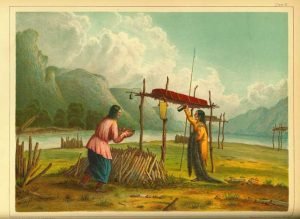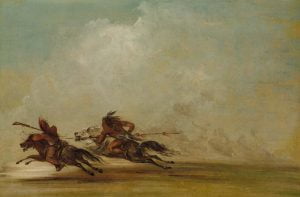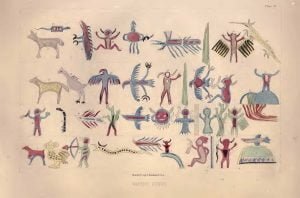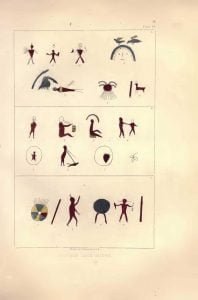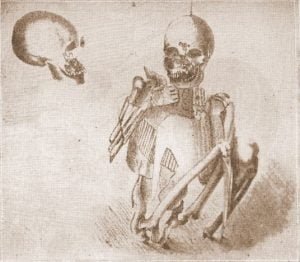Vikings in America
That America was visited early in the tenth century by the adventurous Northmen from Greenland (Vikings), and that its geography and people continued to be known to them so late as the twelfth century, is admitted by all who have examined with attention, the various documents which have been published, during the last twelve years, by the Royal Society of Northern Antiquaries at Copenhagen. There are evidences which every candid and right-minded historian will admit, that the hardy and bold mariners of Scandinavia, of that period, crossed freely, in vessels of small tonnage, the various channels, gulfs, and seas of … Read more

